Prometheus Design Werx | All Terrain Bags Review
Specifications
1. All Terrain Duffel 60L:
Weight: 37.6oz
Length: 23″, Width: 14″, Height: 12″
2. All Terrain Duffel 45L:
Weight: 33.6oz
Length: 20″, Width: 12″, Height: 11″
3. All Terrain Pack 24L:
Weight: 41.6oz
Height: 20″, Width (max): 11″, Width (min): 9″, Depth: 7″
4. ATP-1 pouch (small):
Weight: 0.8oz
Length: 4.0″, Width: 1.0″, Height: 3.0″
5. ATP-2 pouch (medium):
Weight: 1.4oz
Length: 6.0″, Width: 1.25″, Height: 4.5″
Who It Suits
This series of carry products is made for kayaking, rafting, boating, yachting, fishing, scuba diving, snorkeling, etc. It’s fully IPX7-rated for the most demanding amphibious adventures.
Who It Doesn’t
It’s dedicated waterborne gear, so obviously not for winter mountaineering, skiing, climbing, or bushcrafting. It’s also neither a commuter’s dream nor an office pack… except maybe if you’ll be commuting by Venetian gondola. 
What the IPX7 Rating Means
The IPX rating goes from 0 to 8 (0 means no protection at all, and 8 is rated for deep submerging). The PDW All Terrain series is IPX7 rated and the number 7 is very important here. Ratings up to IPX6 define waterproofness against splashes, rain, waves, waterfalls, and other ‘above surface’ flowing water. However, IPX7 is the first level which guarantees no leakage when the bag is fully submerged under the surface. To be exact it means that the object would withstand being submerged to a depth of at least 1 meter for at least 30 minutes without letting any water in. Could it survive even deeper submerging? Sure, usually way deeper and for a longer time – these values in the IPX7 norm are MINIMUM values. And since you ask – IPX8 is assigned for dedicated diving equipment, not really for all-terrain amphibious gear. So in other words – as long as you don’t take these new bags deep to the bottom when scuba diving, they will keep your stuff dry.
They are actually so well sealed that they could be used as floatation devices. And I checked that (with some help from my son) quite extensively as you can see in the photo – needless to say, the bag didn’t let even one drop of water in. Just be sure all zippers are fully closed, with the sliders clicked into the end gates – this is crucial. And last but not least – for extended longevity and ease of operation use the supplied zipper lubricant every now and then, preferably when you clean your gear after an expedition.
Materials and Design
The whole series is made of fully laminated 1000D and 600D RPET (recycled polyester fibers) with high-frequency welded seams. Critical areas (like carry handles) are first sewn for strength and then sealed with an extra layer of 600D RPET by frequency welding – so yeah, it’s tough stuff. The main zippers are almost oversized scuba-diving style, fully watertight within the IPX7 norm, of course.
The overall design of the series is quite consistent, and it immediately says: Hey, I’m not just super heavy-duty but waterproof too! The central zippers are big and bold, with a massive diver’s style T-shaped handle instead of a standard zipper pull. And they work great, just make sure you close it to the very end so that it clicks into the closing gate – only then is the waterproofness guaranteed. PDW also supplies a special zipper lubricant, which makes the zipper easier to close and open and ensures full waterproofness (and longevity).
The duffels in both volumes are equipped with oversized handles and additional padded shoulder straps for easy pack-like carry. If you’ve ever been boarding a sailing yacht you know how crucial it is to have your hands free, so that you can grab railings, ropes, etc. The shoulder straps can be quickly removed if required.
The pack, however, is considerably more advanced – it’s not only waterproof but also has a full-blown, really comfortable harness – not a common thing on a drypack. So you’ll find a padded back panel and lumbar pad with an integrated venting channel. Add to this wide, also fully padded shoulder straps with attachment D-rings and MOLLE slots. The pack comes equipped with a padded waist belt too, which has MOLLE slots on for easy pouch attachment. The padding is made of closed cell foam, so it doesn’t absorb any water. Side gear leashing points accept standard 1″ webbing straps with locking buckles (4 of them included) which I mostly used to carry my fishing rod or a big camp knife in a Kydex sheath.
There’s small daisy-chain webbing at the front (for carabiners, etc.) and a D-ring too. Plus MOLLE slots on the bottom so I could attach an additional pouch, small drybag, or other gear. The main compartment features a half-opening with a diver’s zipper (of course), and there’s even a front pocket with a smaller T-handle on it. As I said, this thing ain’t a simple roll-top drypack. And I admit, this pack looks cool.
Features
The key feature of the All Terrain series is waterproofness as you can imagine, but not only! To ensure the required buoyancy you need to control the volume of air inside the bag. And for that, you can use a spring-loaded valve, installed in both bags and the backpack. You can inflate it to keep it floating, but you could also deflate it and make the package submersible – depending on what you need. For me, such a valve is simply a MUST on a serious amphibious product. Well done, PDW!
As you can see in the photos, PDW added multiple leashing points, daisy-chains, D-rings, and MOLLE slots to all products – so you can not only attach extra gear to the bags but also clip on a carabiner or tie a safety line. And finally, all bags have full-size Velcro panels on them, which are good not only for patch junkies (like me) but more importantly for easy personalizing and identification. This could be useful when similar bags are used by several people. And I can imagine this when kayaking or rafting with friends.
And What About The Pouches?
If you need to protect some of your smaller equipment against aquatic conditions, the ATP pouches are the way to go. Imagine stuff like batteries, a power bank, cables, a Swiss Army Knife, maybe a fire-starting kit, or simply a mobile – all that fits there. Both the ATP-1 and ATP-2 are watertight too. Also, both feature translucent windows on the front for a quick and easy content check – this comes in really handy if you use more than one pouch of the same size.
Both pouches feature MOLLE on the back, so you can attach them to a pack, bag, boat, RIB, or kayak. There’s also an admin pouch available at PDW, which I haven’t tried so far (but it looks good). You can notice that the zippers (or rather sliders) on these pouches are a bit harder to operate than regular non-waterproof zippers, but that is how they work to keep water away. So don’t pull it too hard and don’t try to zip them in a split second – they are designed for a perfect seal, not for speed.
Space and Access
The All Terrain series philosophy is simple; it’s a waterproof space for your gear, that’s it – nothing more and nothing less. Both provide easy access via oversized divers’ zippers, which open the bags really wide. The 60 liters of space in the big bag is more than enough for any sailing trip. Just keep it slightly open when stored in a cabin to allow for air circulation. The 45-liter bag is not just a great weekender, but also the perfect bag for multi-day canoeing in summer. The organization inside is very straightforward – just one big cavity, plus a small internal pocket welded inside, which works fine for small valuables like a wallet or car keys (the Swiss Army Knife in the photo is for a size reference).
In the 24-liter pack there’s also an additional flat front pocket, right below the main compartment’s opening. It is IPX7 rated as well and I used this one to keep a map in there, a miniature compass, and a fishing license. The pack’s size is perfect for any day trip in a kayak, canoe, or on a small RIB fishing boat (which is what I used the pack for a lot). Plus there’s a small hanger loop inside the backpack, so you can clip on your water bottle there or attach a fixed blade knife inside for covert carry. Of course, it’s not a hydration-compatible pack – there’s no way a tube port would be waterproofed enough to keep the construction well sealed.
Comfort
The duffels work fine for all kinds of carrying – as a backpack, on one shoulder, in hand, and also when grabbed by the front and back carry handles. Sure, it’s not a backpack per se, but to carry even a heavy duffel from a car trunk to the boat’s deck this system is more than adequate.
The backpack carries great! The fully adjustable shoulder straps are equipped with not only load lifters but even integrated webbing management D-frames and a quick-release buckle system (which in my opinion is a must for safety when wearing the pack on a boat). The waist belt can be easily removed, and I used my pack mostly without one for easier carry. Even just the shoulder straps, lumbar pad, and back panel did a good enough job of transferring the pack’s mass to my body. Any grab handles? Absolutely! Four of them, one on each side, for easy loading on a vessel or safe passing from hand to hand.
The Good
– Fully waterproof – IPX7 rated
– Lightweight for the size
– Super tough laminated material
– Multiple attachment points outside
– Velcro patch panels for easy ID
– Good price point
The Not So Good
– No organization inside the bags, a side zipper pocket would be welcome
– Limited versatility, dedicated to maritime adventures
– Only one color is available now (grey/foliage)
Verdict
There’s a lot to like about the new PDW All Terrain series stuff – it is lightweight, tough, and waterproof. They have all the features you need, but they are not overbuilt with them. I’m also glad to see they released the whole series, not a single bag or pack just to test the waters. It’s quite an audacious move for PDW, as this sort of product is not mainstream – you need a reason to own one. But of course, even that badass tactical look alone could be a good reason to get one, if you don’t have a drybag in your carry collection yet.
However, if you plan any rafting, fishing, boating, or other maritime adventure, such a duffle or pack is a must. The price starts at $163 for a 45-liter duffel, which is in my opinion the most versatile model in the whole series. Sure, it’s not dirt cheap, but do a quick search and you will find out that for an IPX7-rated duffel (considering all the features, IPX7 and valve) that price is fair, to say the least. And even the most expensive, the backpack, at $218 is not a bad deal on the market. This is an interesting series in PDW’s lineup for sure and priced well.
Care to know which is my personal favorite in this series? Well, surprisingly the big 60-liter duffel! Big enough even for me. I could easily pack for a full two-week cruise on a sailboat… and I’m notorious for packing too much gear, especially knives and gadgets to test later in the outdoors. Combined with the All Terrain pack it makes an outstanding pair for any kind of amphibious adventure for me.





 Carry Awards
Carry Awards Insights
Insights Liking
Liking Projects
Projects Interviews
Interviews
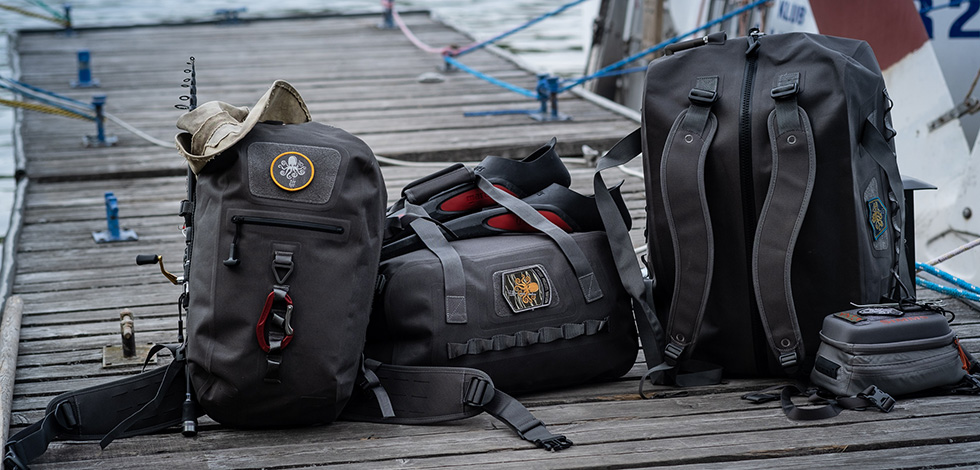
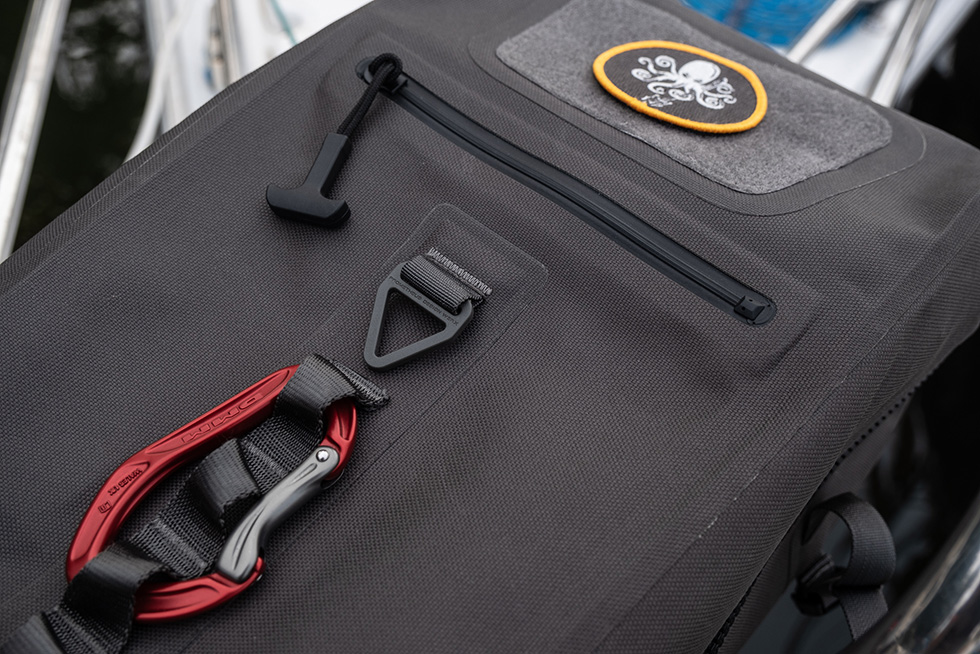
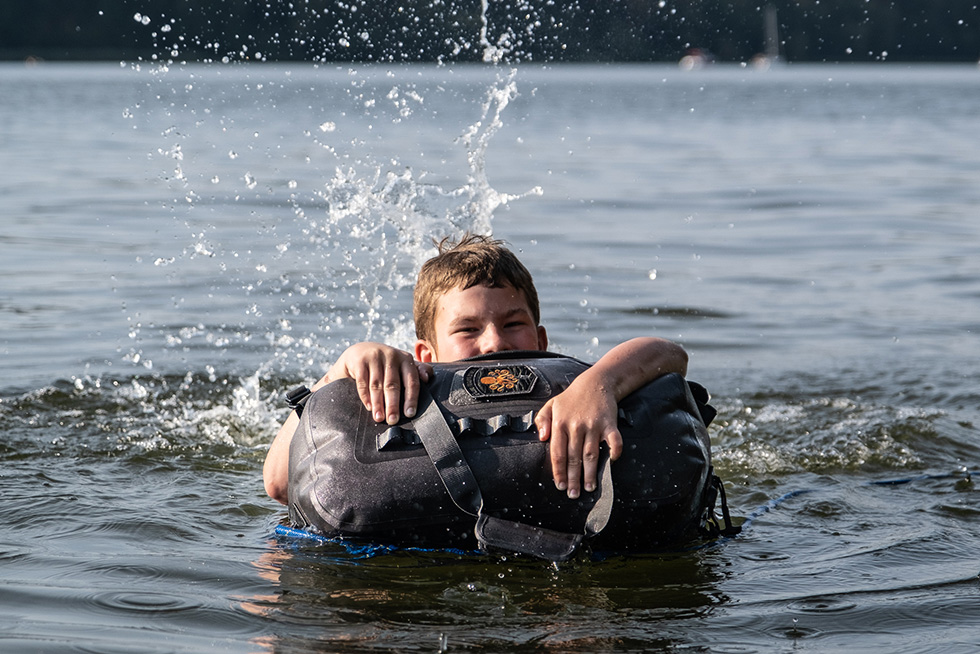
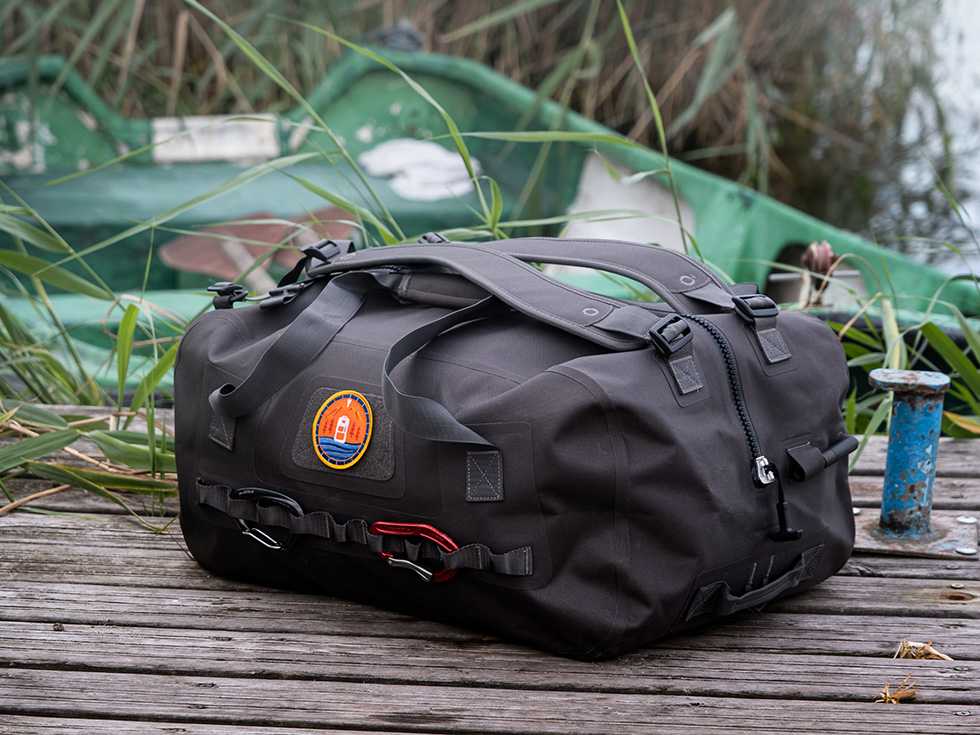

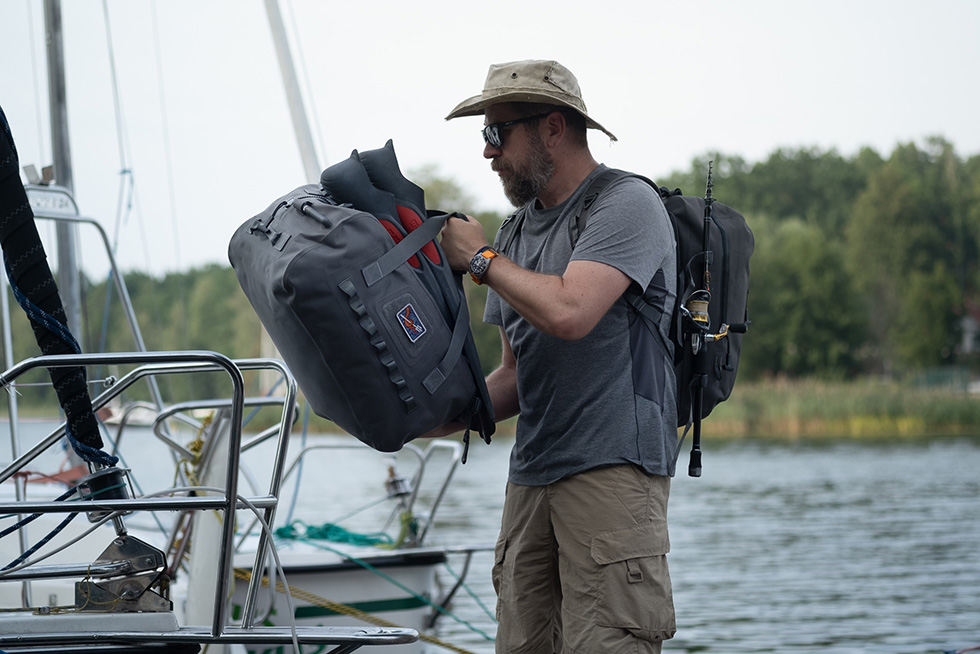
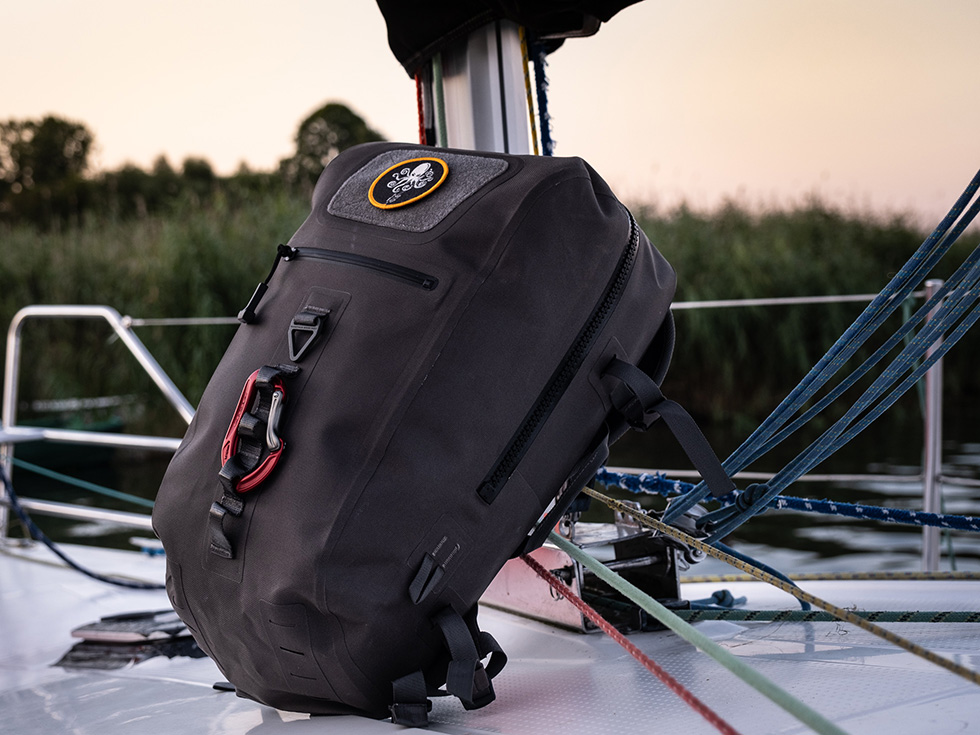
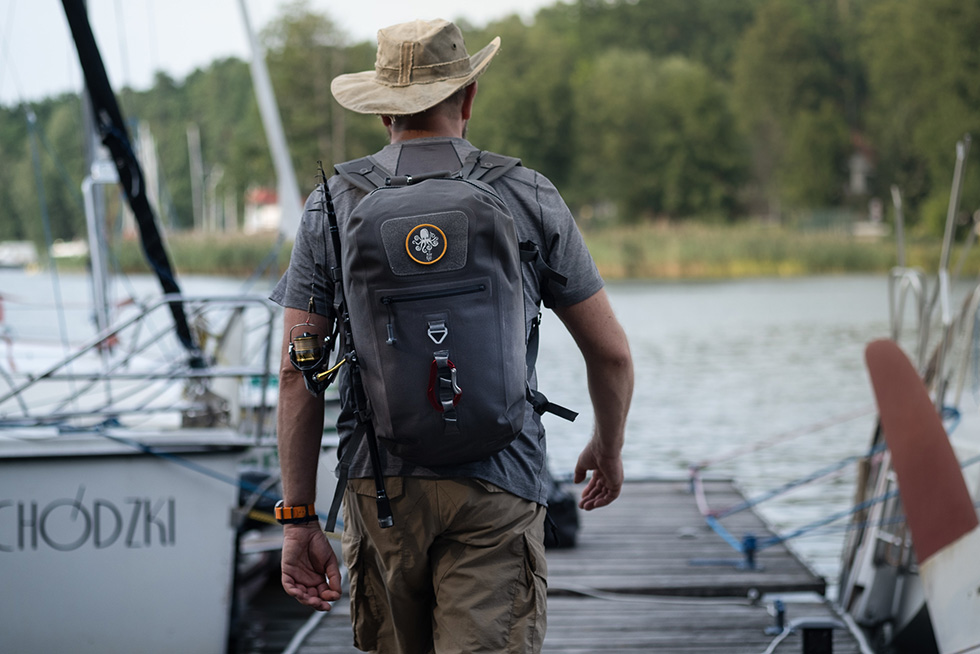
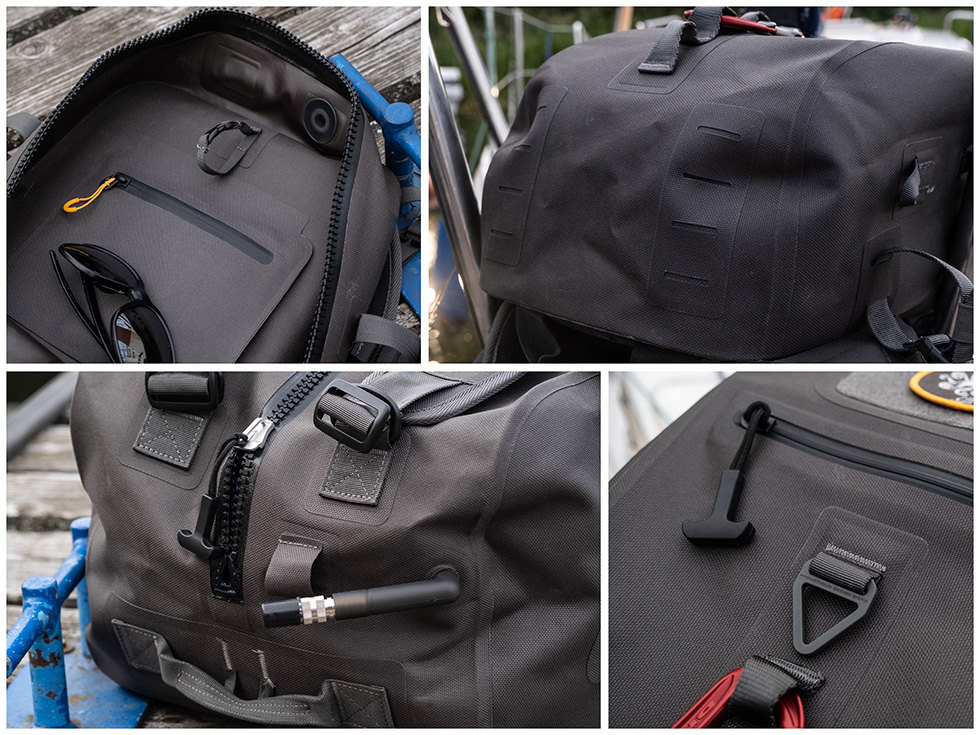
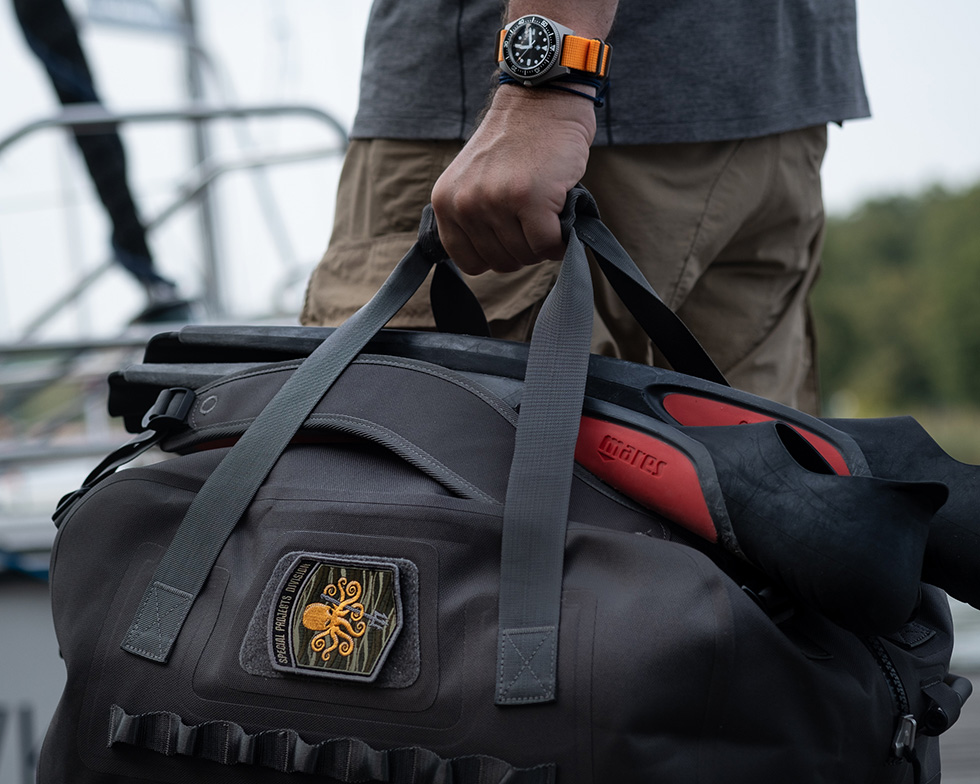
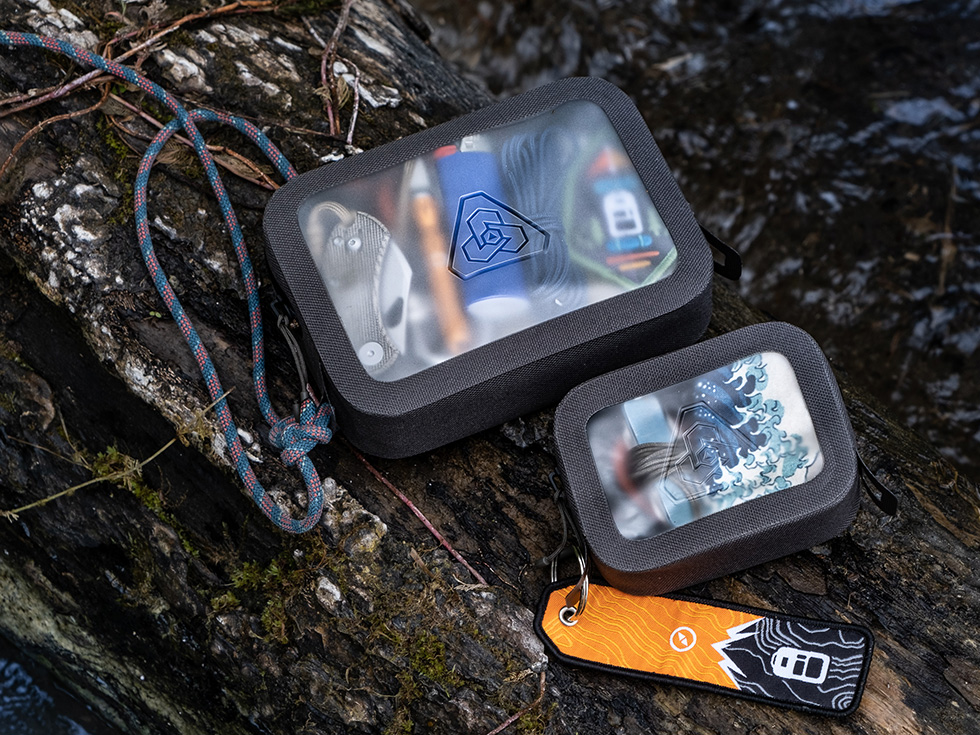
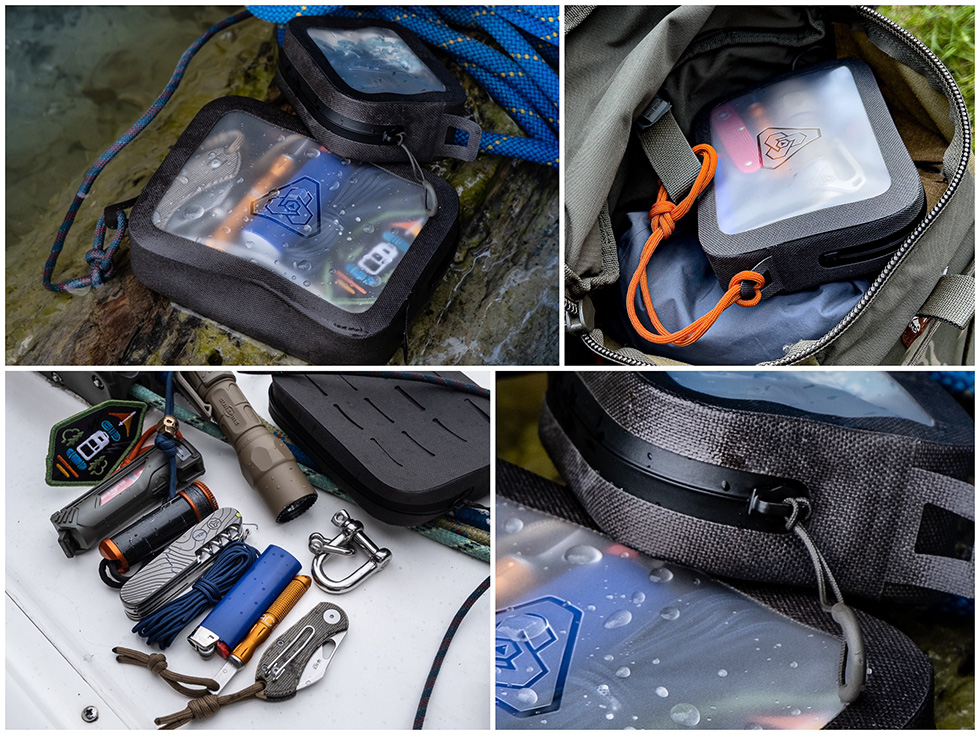
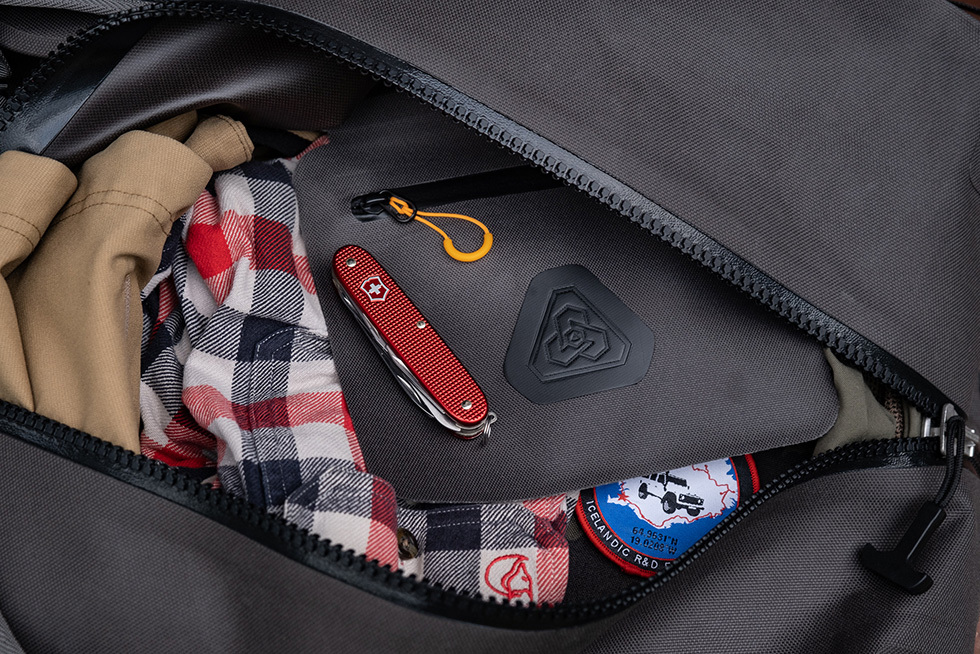
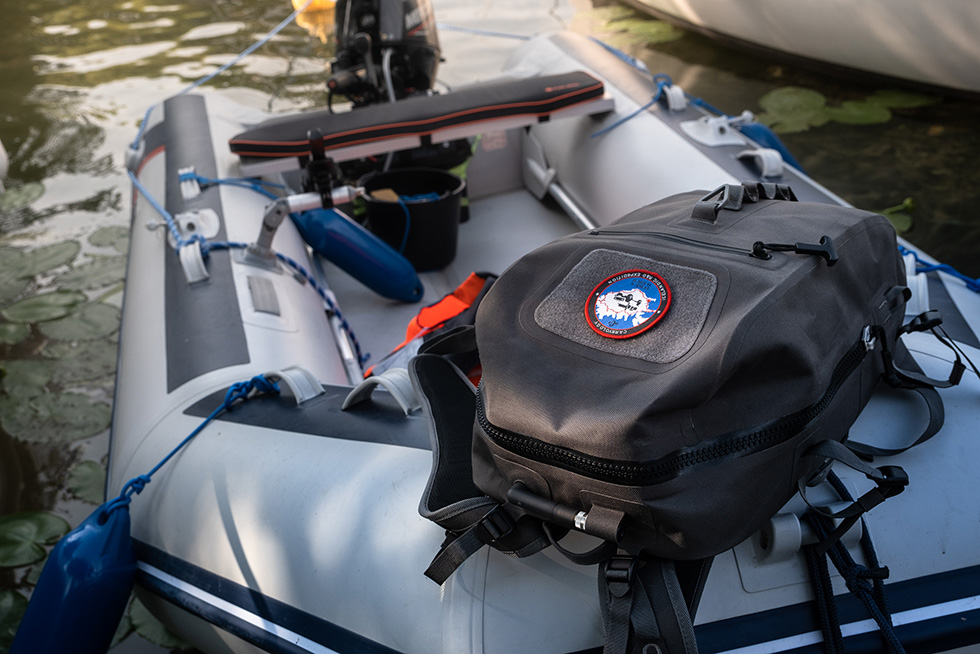
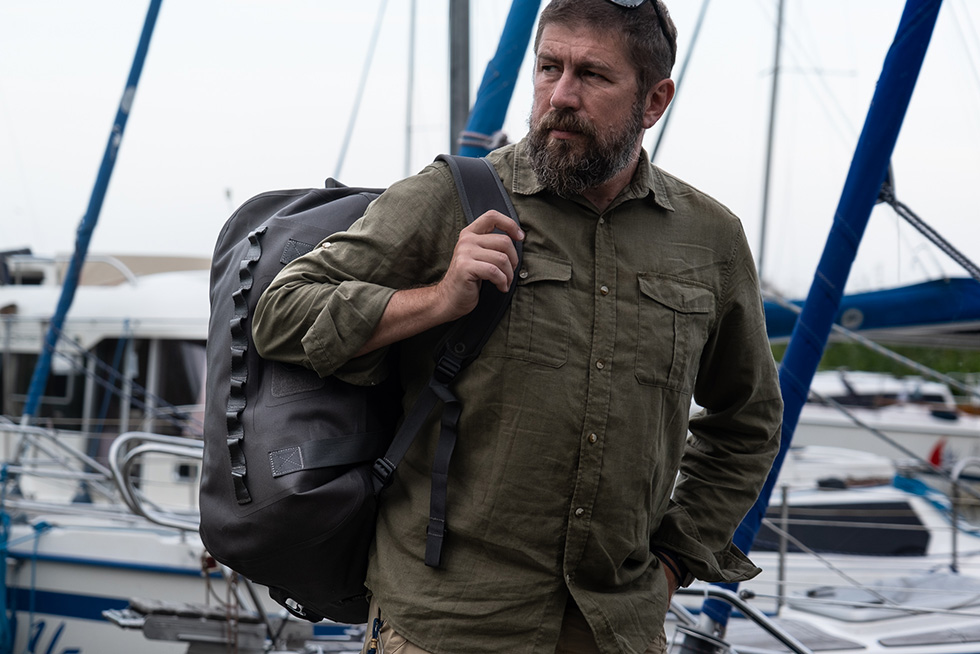
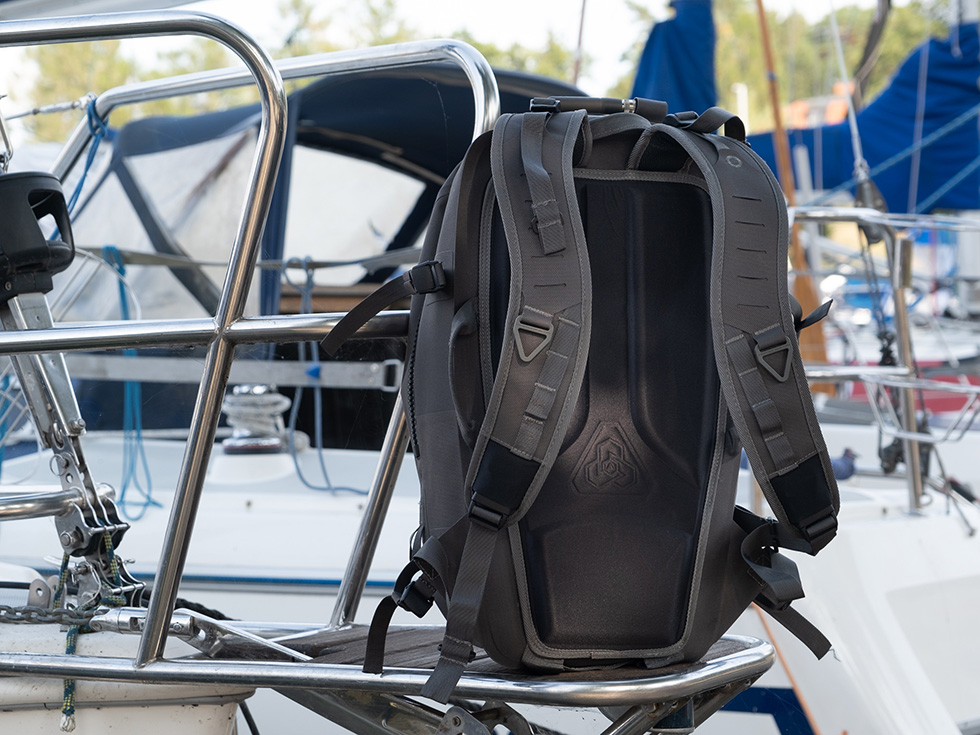
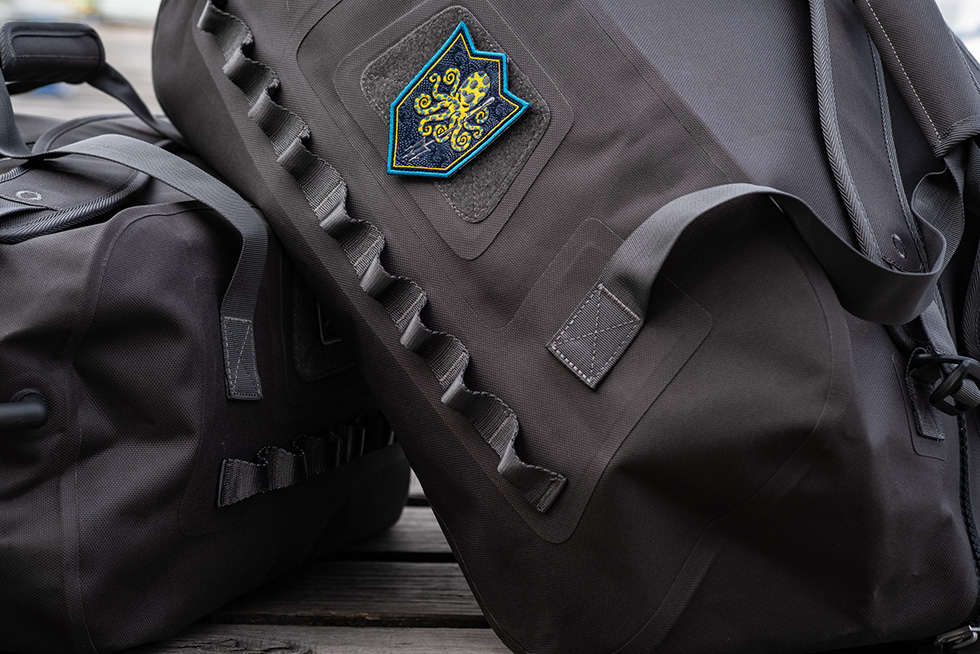
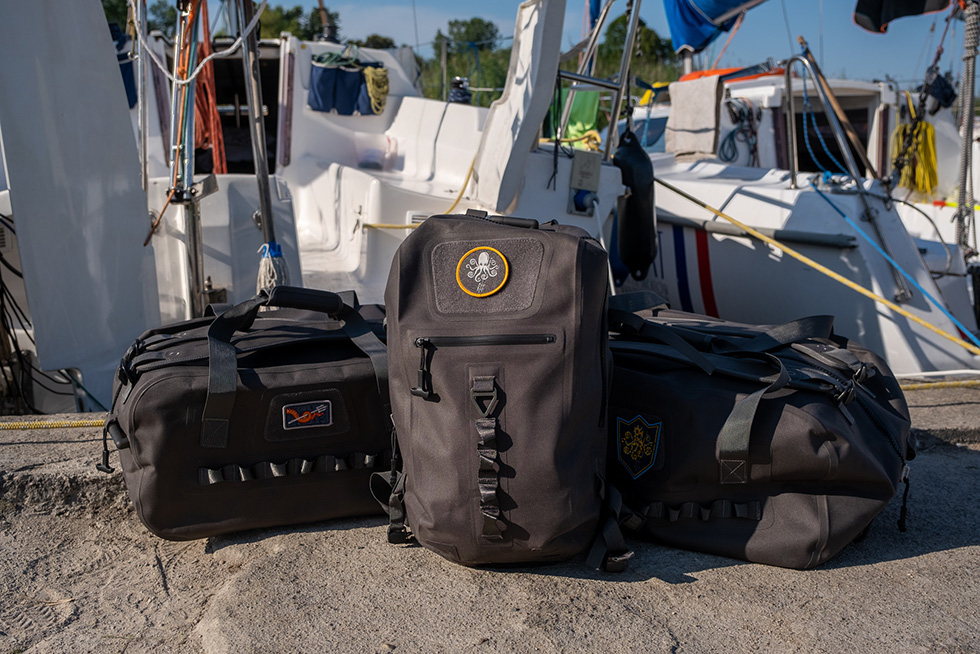
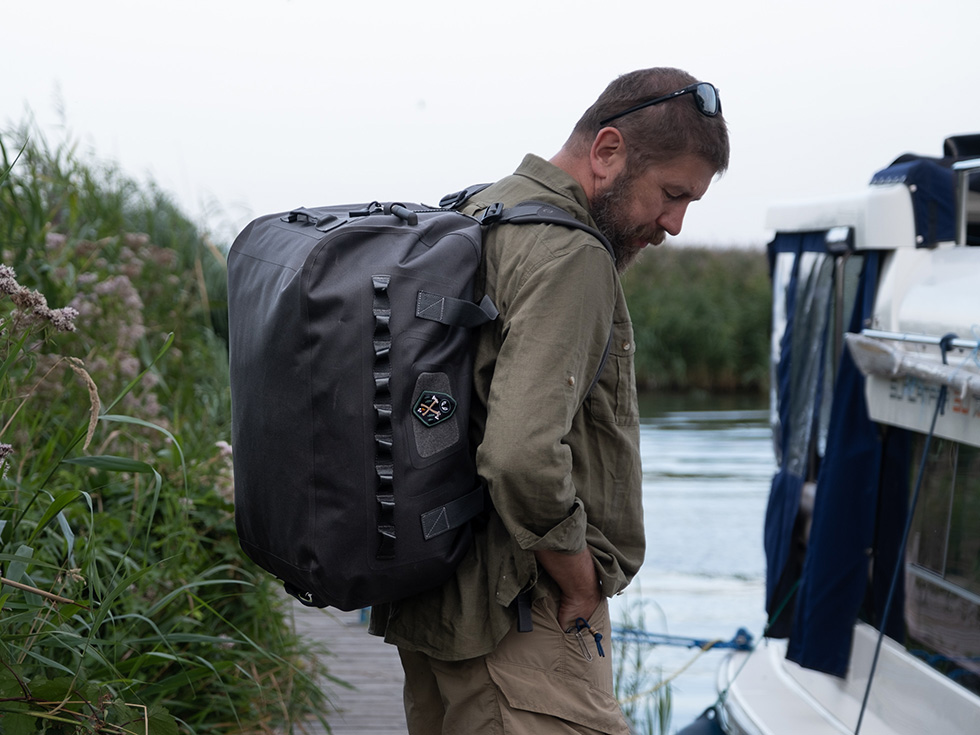



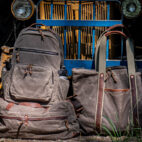

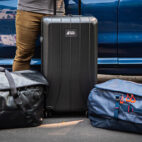
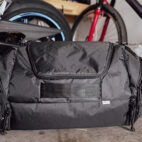




One thought on “Prometheus Design Werx | All Terrain Bags Review”
Comments are closed.